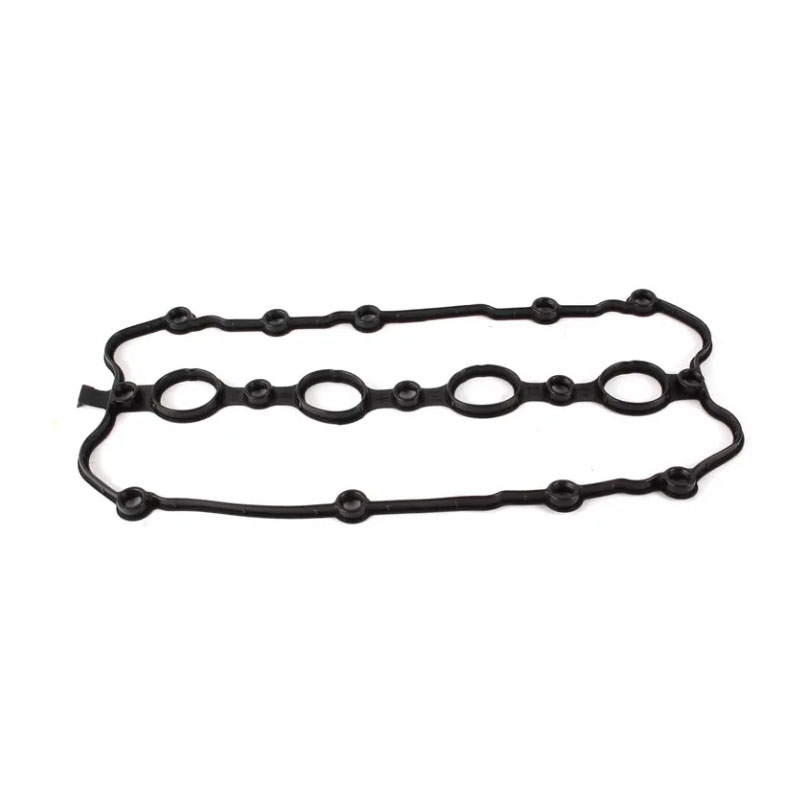semi trailer hub seal
Understanding the Importance of Semi-Trailer Hub Seals
Semi-trailer hub seals are critical components in the transportation and logistics industry, serving as a vital line of defense against dirt, debris, and moisture that can compromise the integrity and performance of wheel hubs. Properly functioning hub seals ensure the longevity of the axle bearings and the overall safety of the vehicle. This article explores their importance, types, maintenance, and the implications of seal failure.
What are Semi-Trailer Hub Seals?
Hub seals are designed to prevent lubricant from leaking out of the wheel hub while simultaneously blocking contaminants from entering. They are typically constructed from durable materials, such as rubber or synthetic compounds, which can withstand the harsh conditions commonly encountered on the road. The seal fits tightly around the axle and hub, creating a barrier that protects the internal components.
Types of Hub Seals
There are several types of hub seals used in semi-trailers, each suited for different applications. The most common types include
1. Single Lip Seals These seals are the simplest design, featuring a single lip that presses against the surface of the axle. They are generally effective in low-load conditions.
2. Double Lip Seals Consisting of two lips, these seals provide enhanced protection against contaminants and are often used in more demanding applications.
semi trailer hub seal

3. Spring-Loaded Seals These seals use a spring mechanism to maintain constant pressure against the axle, providing a more reliable seal, especially in situations where there are variations in temperature and axle movement.
Importance of Maintenance
Regular maintenance of semi-trailer hub seals is crucial for ensuring their performance and durability. It is essential to inspect the seals regularly for signs of wear, cracks, or deformation. Neglecting to do so can lead to seal failure, resulting in lubricant leakage and potential damage to the axle bearings.
When performing maintenance, it is advisable to replace worn or damaged seals promptly. Additionally, proper lubrication of the bearings during routine service is crucial, as insufficient lubrication can accelerate seal wear and reduce their effectiveness.
Consequences of Seal Failure
The failure of hub seals can have serious ramifications for transportation operations. A leaking hub can lead to lubrication loss, which can cause overheating, increased friction, and ultimately, catastrophic failure of the wheel assembly. This not only endangers the vehicle but also poses risks to other road users. Furthermore, the costs associated with repairs, downtime, and potential liability can be substantial.
In conclusion, semi-trailer hub seals play a vital role in maintaining the safety and efficiency of transportation vehicles. Understanding their function, types, and maintenance requirements empowers operators to take proactive measures that ensure the longevity of their fleet. Regular inspections and timely replacements of seals can mitigate the risks of failure, ensuring a smoother and safer journey on the road. By prioritizing hub seal maintenance, fleet operators can protect their investments and enhance operational reliability.
-
Understanding the Front Main Engine Seal: Purpose, Maintenance, and Installation
News Jul.29,2025
-
Understanding O-Rings and Seal Rings: Types, Applications, and Custom Solutions
News Jul.29,2025
-
Understanding Crankshaft Oil Seals: Rear Seals, Pulley Seals, and Their Role in Engine Integrity
News Jul.29,2025
-
The Importance of Front and Rear Crankshaft Seals in Engine Performance and Oil Management
News Jul.29,2025
-
Crank Oil Seals: Functions, Types, and Cost Considerations in Engine Maintenance
News Jul.29,2025
-
A Comprehensive Guide to O-Rings and Seals: Types, Materials, and Global Applications
News Jul.29,2025
-
Mastering Diesel and Performance Engine Maintenance: A Guide to Critical Oil Gaskets
News Jul.28,2025
Products categories















